YOU CAN NOW LISTEN TO AN AUDIO ONLY VERSION OF THE CALL
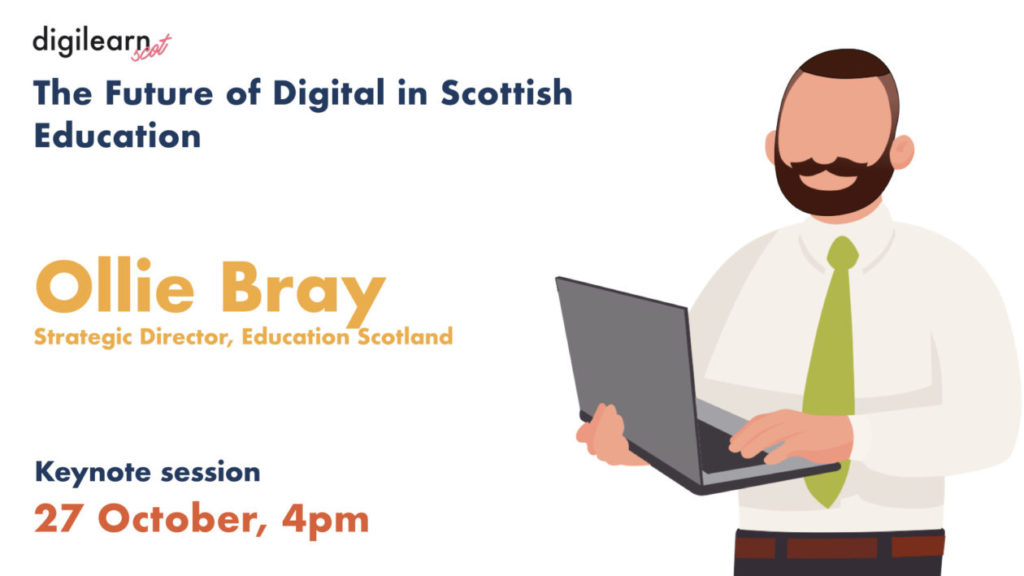
YOU CAN NOW LISTEN TO AN AUDIO ONLY VERSION OF THE CALL
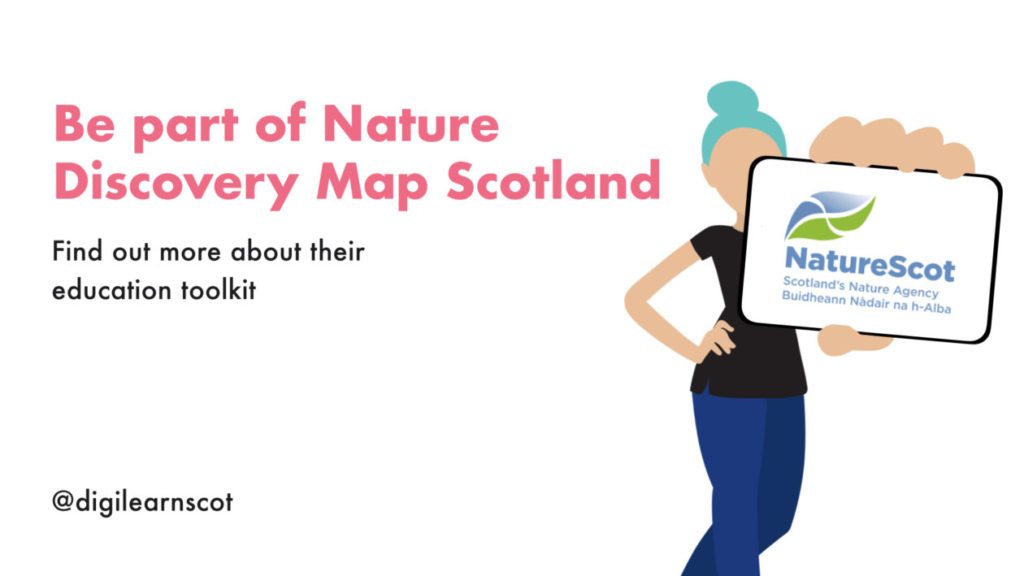
How do I get involved or find out more?
Check out our Nature Discovery Map Scotland webpage or contact:
Sue Munro (Project Manager) by email sue.munro@nature.scot
Sharon Cunningham by email: Sharon.cunningham@nature.scot
Penny Martin by email: penny.martin@nature.scot
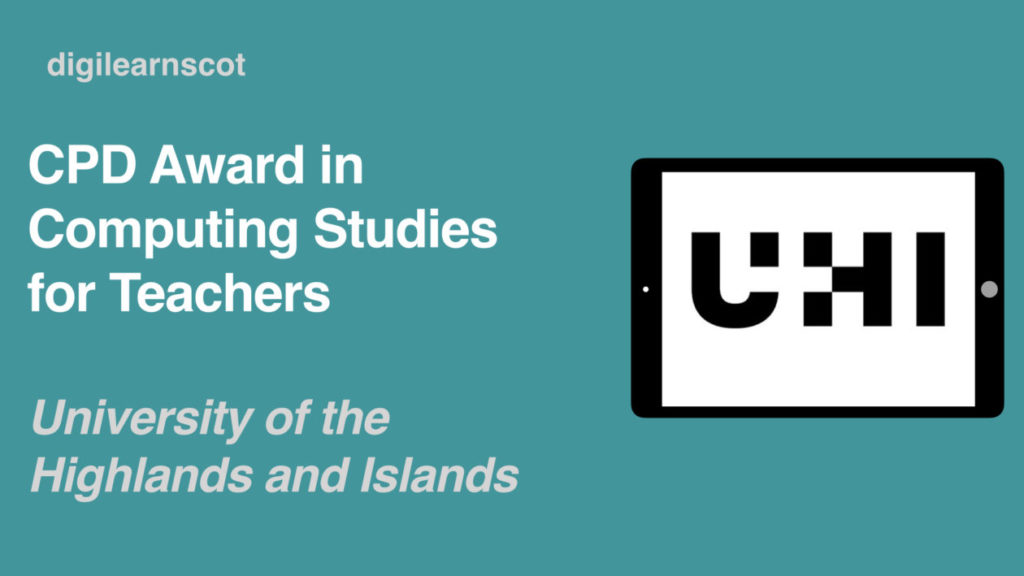
The CPD award in Computing Studies for teachers was created for primary teachers and secondary teachers for 1st and 2nd year pupils to give the confidence and skills to teach computing to pupils. More than 50% of our current cohort are primary school teachers. The course is open to any teacher with the relevant entry qualifications (degree and existing teaching qualification) who have an interest in computing.
There is normally a weekly lecture and support session that lasts for approx. an hour, or more if required, with further e mail support available. The sessions are certainly beneficial as they allow you to ask questions there and then. However, the course is designed to be taught when is convenient for all the students and all lectures and tutorial session are recorded for viewing at your leisure.
There is only one module delivered each semester with no time off required during the school day. The lectures are recorded for students unable to attend in person. All activity is carried out online the majority of which happens asynchronously. The modules have a notional 200 hours per module over the semester. It would depend on your previous experience on whether you needed all that time. If you were able to set aside a day at the weekend or a couple of evenings for study, you would not be far off what is required for achieving the award.
The Coding and Web technologies module will be delivered over 14 weeks and the semester will start Week beginning 29th August 2022 with an online induction with the course commencing week beginning 5th September 2022.
You can apply to join the course HERE or searching for the Computing Studies for Teachers CPD award at https://www.uhi.ac.uk/en/ under courses.
The price is £215 per module, and this can be paid on a module-by-module basis. As the modules are 20 credits each if you were to do two in an academic year you may be eligible for SAAS funding. It is suggested contacting SAAS directly if you are planning to start next semester and confirm whether you would be eligible for funding.
The course does not carry any GTCS accreditation.
Please get in touch if you have any further questions

The Civil and Environmental Engineers at Abertay University are running a video competition for INWED22 (International Women in Engineering Day – 23rd June). The challenge is open to students at Secondary Schools, Colleges, Universities and Graduates.
The challenge is to create a 2 minute video which highlights: a female engineer; a structure designed by a female engineer; &/or showcases the impact of the inventor or her innovation or how it could shape future developments. The winner will receive a £50 amazon voucher. The finalists and winner will be announced at an Abertay event on INWED day (23rd June).
Deadline for entries 20th June 2022.
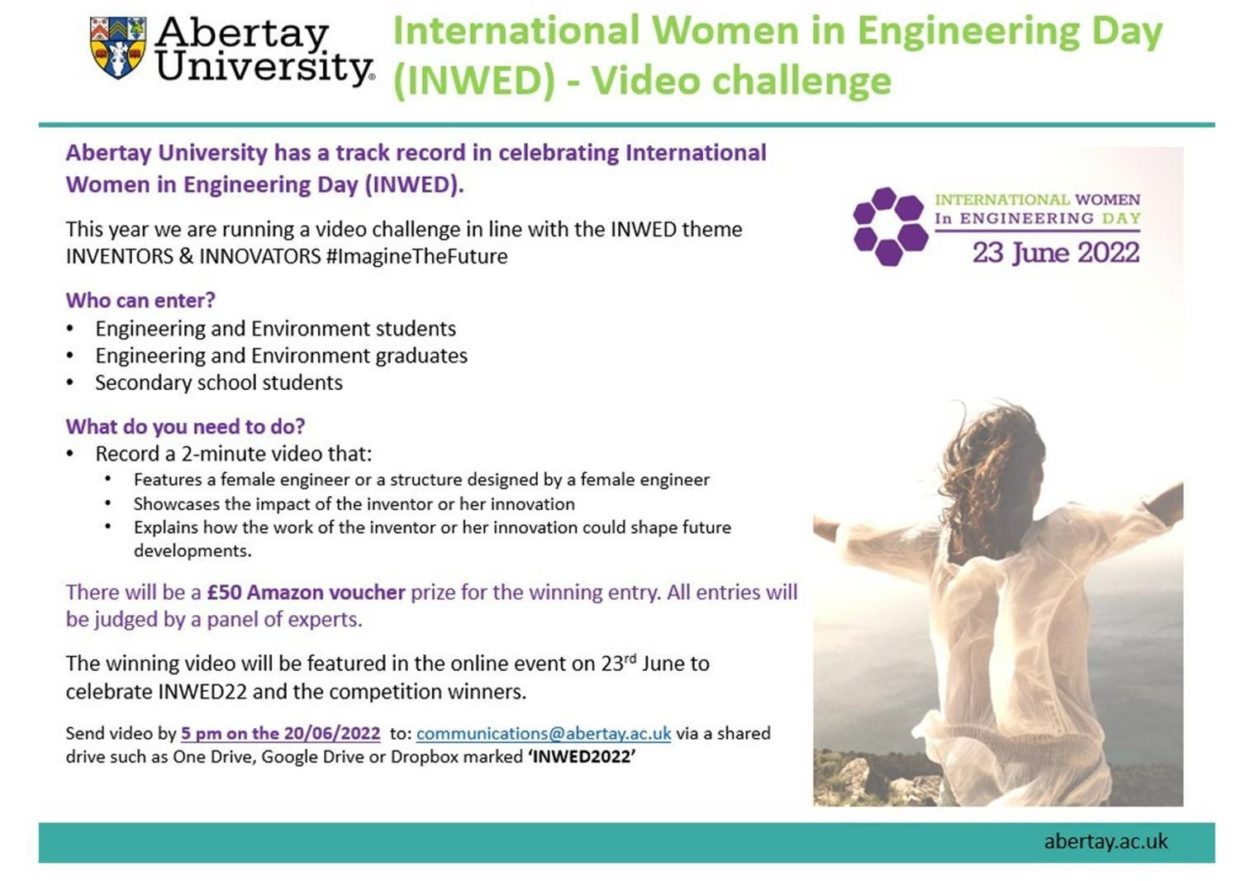
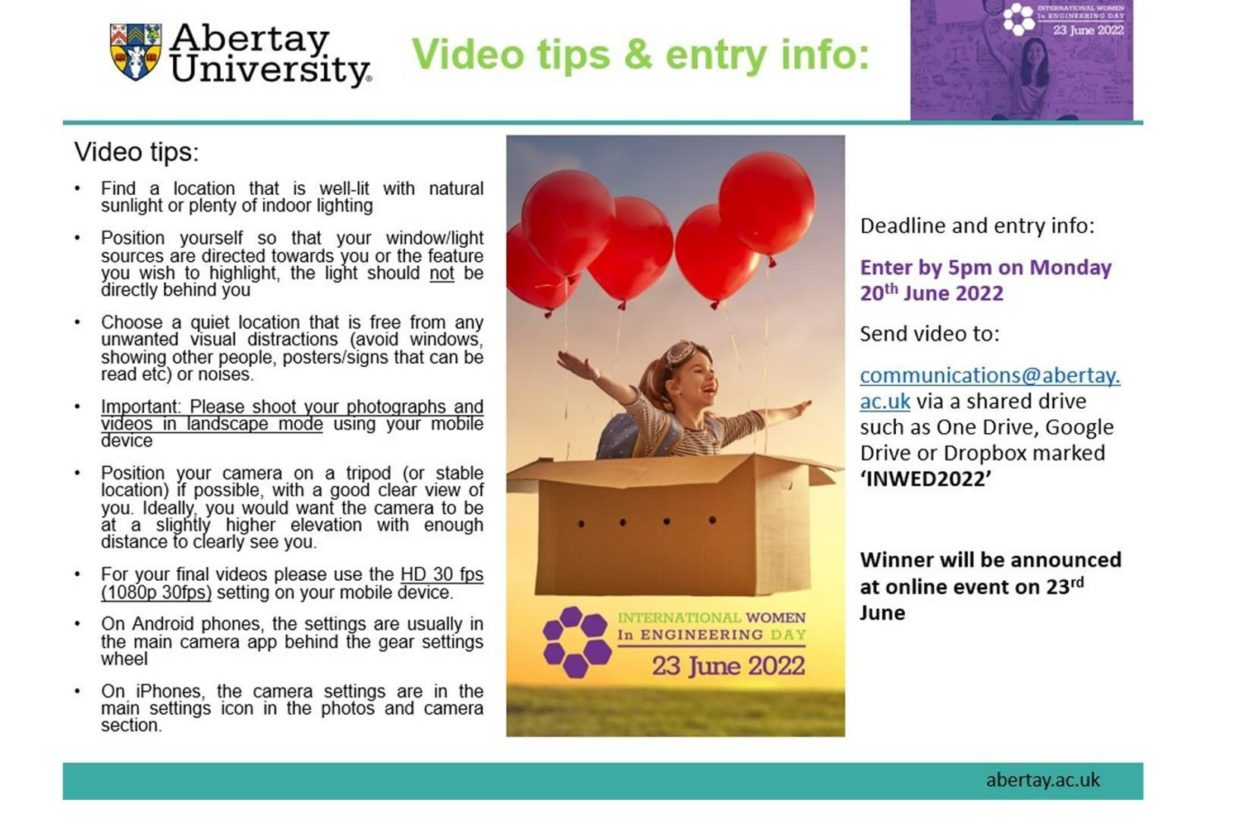
Hopefully, you spotted the clues that the tree octopus isn’t real pretty quickly and pointed this out to your teacher!
We think that by learning some of the skills used to make the fake info on this website, you’ll be better prepared to spot other info like this and know how to check it for accuracy.
We want you to create your own fake animal awareness campaign. You’ll need to think of an animal and then imagine it living in a biome, or habitat, that isn’t it’s natural home… like a mountain-dwelling narwhal or Arctic elephant!
Then you’ll need some facts that sound believable, even though they’re not true – so things like what your imaginary animal eats, where it sleeps and how big it is.
Finally, you’ll create some online content, maybe using slides, websites, blogs or even a video.
You can share these with us on twitter: @DigiLearnScot
teachers might want to use some of these ideas to expand upon the features of fake news and unreliable sources:
Digital Media Literacy: The Blur Between Facts and Opinions in the Media (gcfglobal.org)
Activity 2 – photo manipulation
The photos on the octopus site were faked and so are many other photos online and in newspapers and magazines too.
Read this page to find out more about manipulated photos
You don’t need fancy software to edit photos, here are some tips:
PowerPoint – remove background
Keynote – instant alpha
Here’s my mountain-dwelling narwhal from earlier:
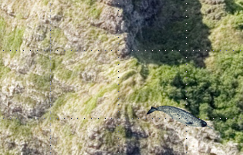
Activity 3 – making fake news
You now have an imaginary animal, some facts about it and a photo proving its existence – now all you need to do is put it together and share it with the world to convince them of it’s existence!
You could have a look at these:
https://www.beano.com/games/random-animal-mash-up
https://switchzoo.com/newzoo/zoo.htm
There are lots of great tools for creating and sharing content online, here are just some of them:
Sway
We can’t wait to see your fake news imaginary animals on twitter!
ALL CREDIT FOR THE OCTOPUS CONTENT TO THE SITE’S OWNER: Save The Pacific Northwest Tree Octopus (zapatopi.net)
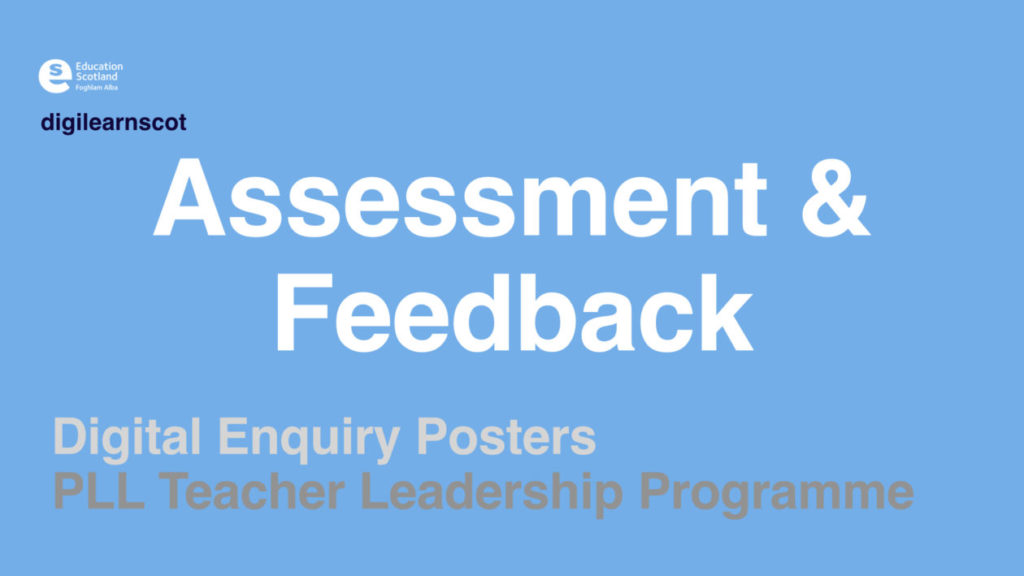
These posts have been selected from the PLL TLP as they focus on assessment, feedback and tracking. You can view the original images on the TLP flickr site by clicking on them. All credit to the post authors.
Interested in participating in the PLL Teacher Leader Programme?

These posts have been selected from the PLL TLP as they focus on assessment, feedback and tracking. You can view the original images on the TLP flickr site by clicking on them. All credit to the post authors.
Interested in participating in the PLL Teacher Leader Programme?
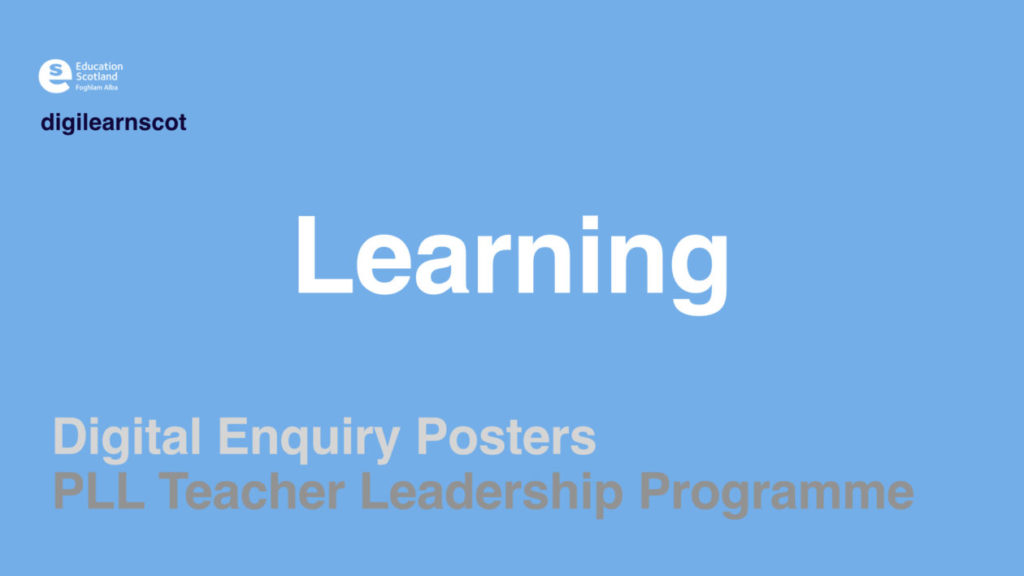
These posts have been selected from the PLL TLP as they focus on learners, learning and engagement. You can view the original images on the TLP flickr site by clicking on them. All credit to the post authors.
Interested in participating in the PLL Teacher Leader Programme?

These posts have been selected from the PLL TLP as they focus on learners, learning and engagement. You can view the original images on the TLP flickr site by clicking on them. All credit to the post authors.
Interested in participating in the PLL Teacher Leader Programme?